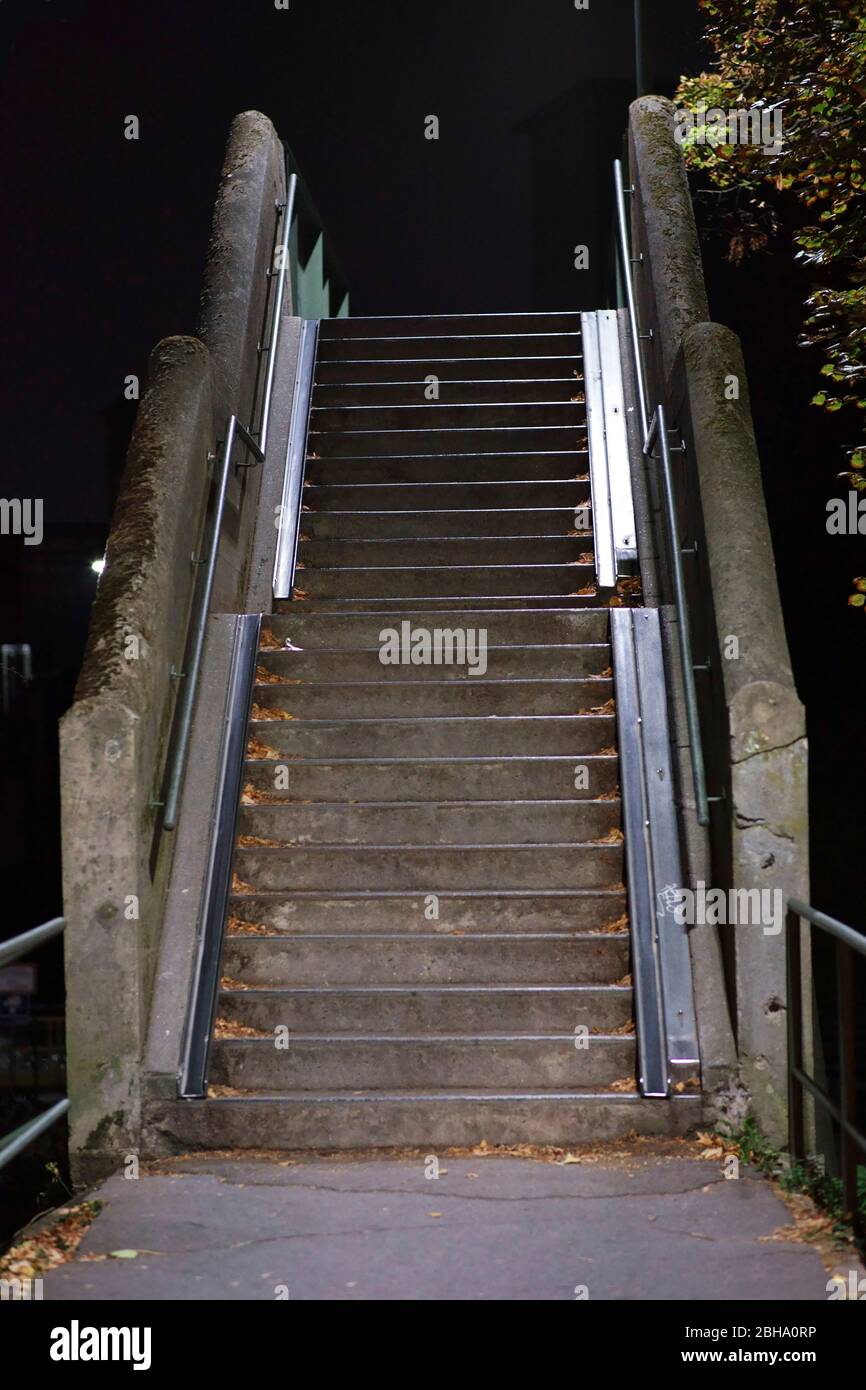

A flame was set alight within their hearts as big Lizzy Fitz from the island of Galloon poured strong tea and handed out cuts of freshly baked soda bread to men who had miles to walk in the darkness before they reached their homes with all the news. He sat next the hearth with the light of the fire illumining the pages as the flames danced on the animated faces of those who gathered round and listened intently to hear of a different flame being carried aloft in other parts of the country.Īs they watched the sparks rise up the chimney, they talked in whispered tones of the flames that could be seen for miles around at the burning of Lanesborough Lodge just a mile or two along the road in the townland of Quivvy, set alight to avert the cursed Black and Tans being billeted there. In those tumultuous days of early 1920s, as light came to the town, men gathered of an evening in the home of the McElgunns in the townland of Derryerry to listen to the news read for them by one of the brothers there who had fought in the Great War one from around the roads who could read to them from the Dublin papers.

Light was a precious and a scarce commodity and the light of the open hearth welcomed people who called a ceili as the fox barked in the fields beyond and sent shivers along the spine of those who traversed the roads and listened for every move in the hedgerows along.

Up until then, people had for generation upon generation depended upon a different light, the authentic light of a flame - be it from a turf fire, a tallow candle or a paraffin lamp to illumine the darkness of those long mid-winter evenings. It fell under the Kilconny scheme of works, which saw 50 miles of wires strung from 925 poles along the roads outside the town down as far as McDonald’s homestead on the river, neighbouring the Crom Estate. One of the last townlands in the area and indeed the country to receive the light in the Spring of 1961 was the far reaching townland of Derravona some four miles outside of Belturbet next to the Bloody Pass along the River Erne. It was then that the laying of poles began in earnest along its country roads - men stringing wire from one pole to the next until most of the homesteads under slate, thatch and corrugated iron had a light bulb shining from the ceiling. The surrounding townlands remained in darkness for a further 40 years, while the townsfolk basked in the light until the Rural Electrification Scheme began its work in County Cavan in Gowna in 1948 and only reaching the outlying townlands of Belturbet, first in 1958 under the Ballyhaise scheme of works on one side of the river and then the Kilconny scheme of works in 1961 on the other.
A river in darkness free#
It was to be one of the first towns in all of the newly-established Free State with its very own electricity supply, harnessing the current of the high waters of the Erne, even before the ESB was established and the Ardnacrusha Power Station built. He brought light to 135 homes and businesses in the town and the people who travelled upstream on the river in the dark of night from Galloon and Derryvore in County Fermanagh could see the lights of the town that shone out, somewhat dimly, like beacons on top of the hill above the military barracks. In his column 'Let the Busy World be Hushed', Fr Jason Murphy reflects on darkness and light and embracing the light, particularly at this time of year.īill Stewart first supplied electricity to the town of Belturbet nearly 100 years ago in the months after the Partition of Ireland.


 0 kommentar(er)
0 kommentar(er)
